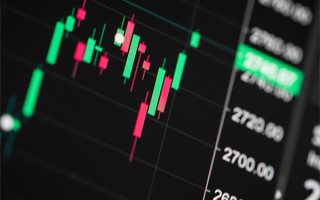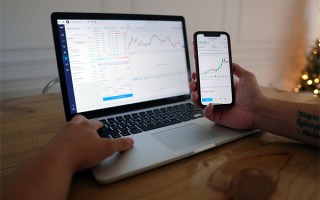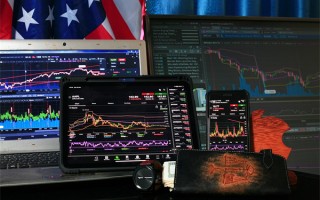Understanding Foreign Exchange Rates: Common Queries and Answers
Delving into the world of foreign exchange, individuals often find themselves with a myriad of questions regarding currency conversions, market fluctuations, and the nuances of global financial markets. Below, we've compiled a list of some of the most frequently asked questions about foreign exchange rates, providing detailed answers to help you navigate this complex domain.

What is the difference between the bid and ask rates in the foreign exchange market?
The bid rate is the price at which a currency is bought from the market, while the ask rate is the price at which a currency is sold. The difference between these two rates, known as the spread, represents the cost of executing a trade. The bid rate is typically lower than the ask rate, reflecting the cost of the spread. For example, if the bid rate for USD/JPY is 110.00 and the ask rate is 110.05, the spread is 0.05, or 5 pips. This spread is the financial institution's profit margin for facilitating the trade.
How do exchange rates fluctuate?
Exchange rates fluctuate due to a variety of factors, including economic indicators, political events, interest rate differentials, and market sentiment. Economic indicators such as GDP growth, inflation rates, and employment data can significantly impact a currency's value. For instance, if a country's GDP is growing rapidly, its currency may strengthen due to increased demand. Similarly, political instability or a change in government can lead to currency depreciation. Additionally, central bank policies, such as interest rate adjustments, can influence exchange rates. Market sentiment, driven by investor confidence and speculation, also plays a crucial role in currency movements.
What is the significance of the EUR/USD exchange rate?
The EUR/USD exchange rate is one of the most watched and traded currency pairs in the global market. It represents the value of the Euro relative to the US Dollar. This pair is significant due to the economic influence of both the Eurozone and the United States. The EUR/USD rate can reflect global economic trends, as well as the relative strength of the European and American economies. For instance, if the EUR/USD rate strengthens, it suggests that the Euro is becoming more valuable compared to the Dollar, potentially indicating a stronger European economy or a weaker US economy.
How can I protect myself from exchange rate risk when traveling abroad?
Exchange rate risk can impact travelers by affecting the value of their home currency when converting to the local currency. To mitigate this risk, there are several strategies you can employ. First, consider purchasing travel insurance that covers currency fluctuations. Second, you can lock in an exchange rate in advance by using forward contracts or traveler's checks. This ensures that you'll receive a predetermined rate, regardless of market fluctuations. Alternatively, you can use a credit card that offers favorable exchange rates and rewards for international transactions. It's also advisable to keep track of exchange rate trends and plan your currency exchanges accordingly.







